[ad_1]
Your subsequent summer season pickling journey awaits. Yucca fruit pickles are constituted of the younger, inexperienced seed pods of yucca crops. They simply have to be soaked, peeled, and brined to change into a crisply intriguing addition to your favourite pickle platter. Yuccas are strikingly structural native perennials which can be comparatively cold-hardy in addition to drought-tolerant, a troublesome mixture that makes them an interesting selection for low-maintenance gardens in a difficult and altering local weather. They’re additionally edible. Since it’s unlikely that anybody you might be feeding may have eaten yucca fruit pickles earlier than, there might be quick questions. And a small cloud of confusion.
You have to solutions, readability, and a recipe. Learn on!
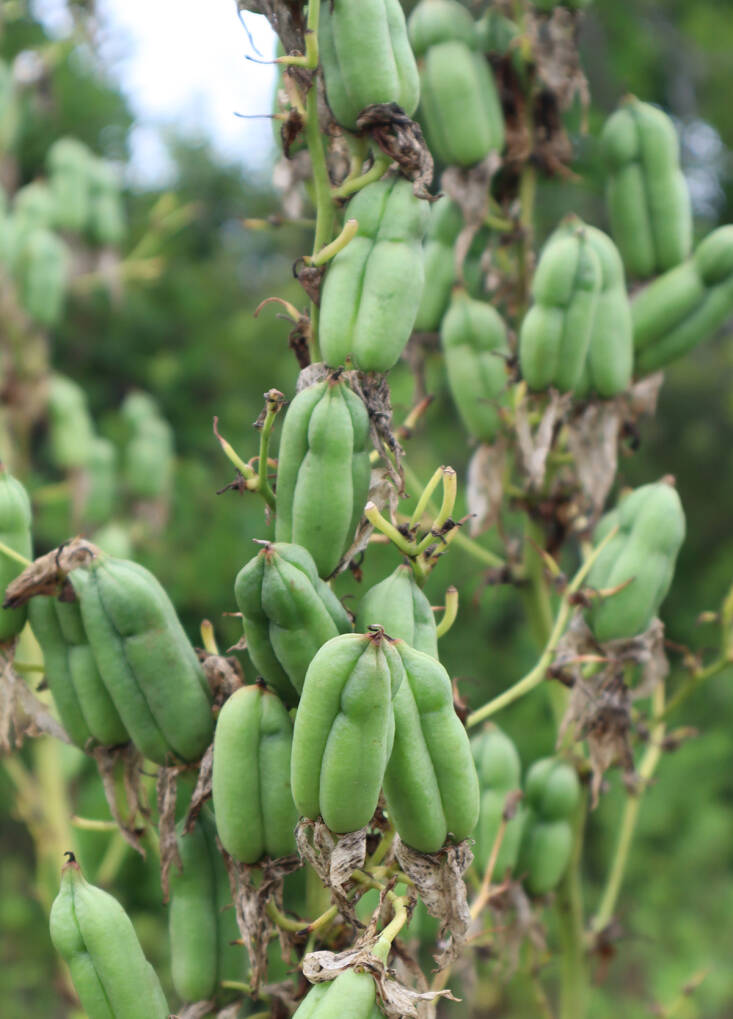
All yuccas (and their agave cousins) share edible traits by way of their immature stems, flowers, and fruit. You possibly can learn a earlier story about consuming yucca stems and flowers right here: Yucca: An Edible and Resilient Plant.
Talking of consuming, about that small cloud of confusion: Yucca versus yuca. Yucca is the botanical identify for a genus of crops within the Asparagaceae household; they’ve spike-tipped leaves rising in a rosette, with tall, candelabra-like heads of flowers, and squat seed pods (and sure, their central stalks when immature look identical to big asparagus).
Yuca, however, is without doubt one of the frequent names of a distinct edible plant, the tropical shrub Manihot esculenta, whose imposing and starchy brown-skinned tuber is also referred to as cassava or manioc. It’s on no account associated to yucca.

In New York, the place I reside, the species we see generally alongside sandy shorelines and in disturbed floor is Yucca filamentosa. Whereas it’s native to southeastern North America, it has escaped cultivation and has naturalized into New England and the Midwest.
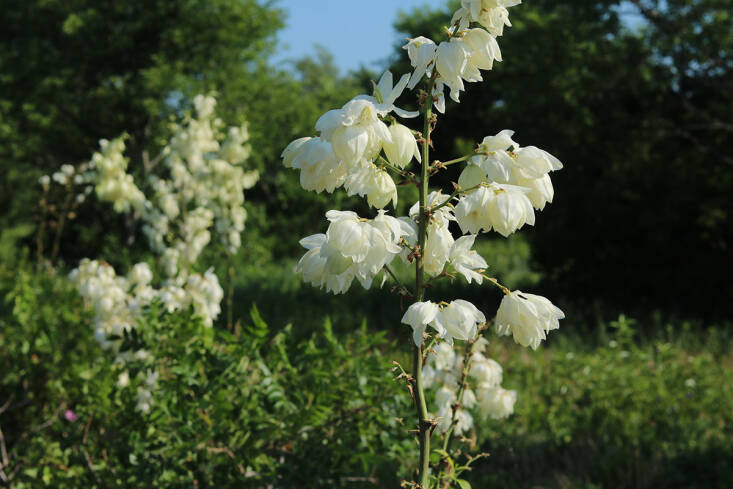
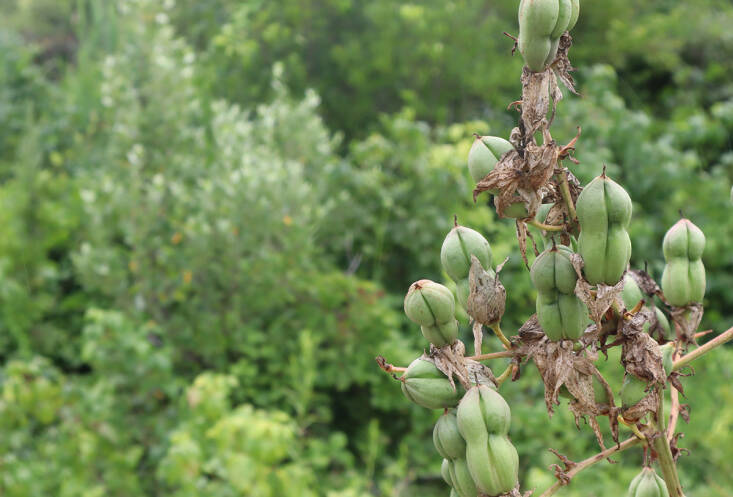
After their tall stalks have bloomed effusively in early summer season, the moth-pollinated yucca flowers rework steadily into gherkin-shaped seed pods. Years in the past, these gherkins (South African and British English for a small, pickled cucumber) gave me concepts, which have been borne out by a candy foraging e-book by Billy Joe Tatum, Wild Meals Discipline Information and Cookbook. A summer season pickling custom started.
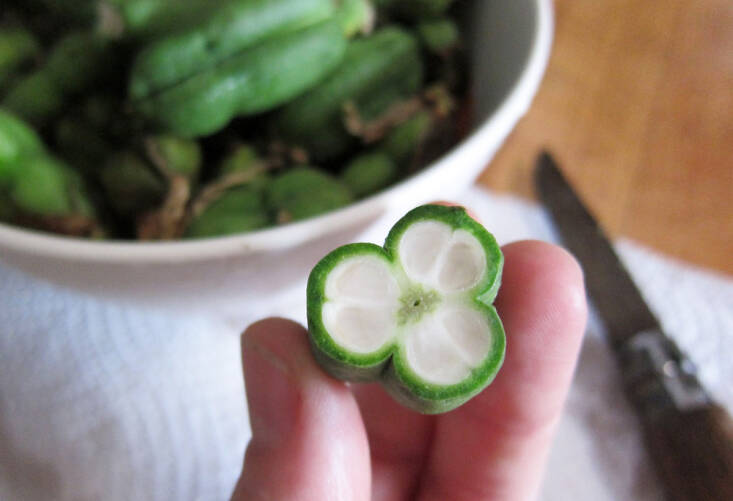
Contained in the inexperienced capsules are flattened seeds packed into neat, double-rowed, tripartite compartments. Whereas these seeds are nonetheless pure white, they’re tender and juicy; at this stage your entire pod will be pickled, or eaten as a cooked vegetable. The one caveat is that this: Yucca pods have to be peeled, since any remaining inexperienced elements are bitter. Uncooked, the peeled pod tastes little like inexperienced beans assembly a barely bitter cucumber.
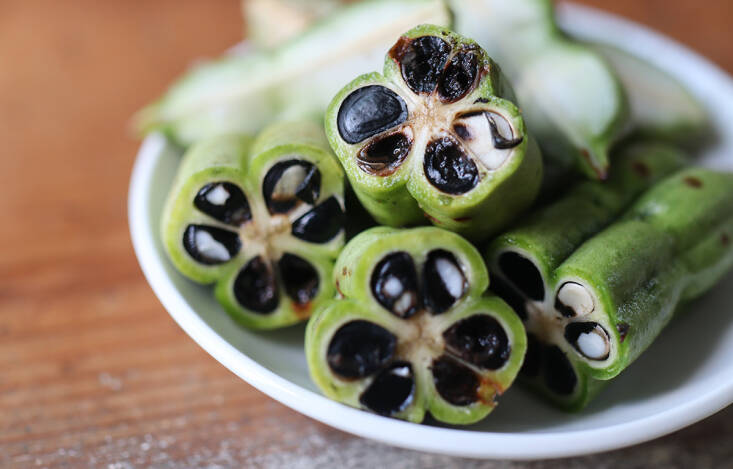
[ad_2]


